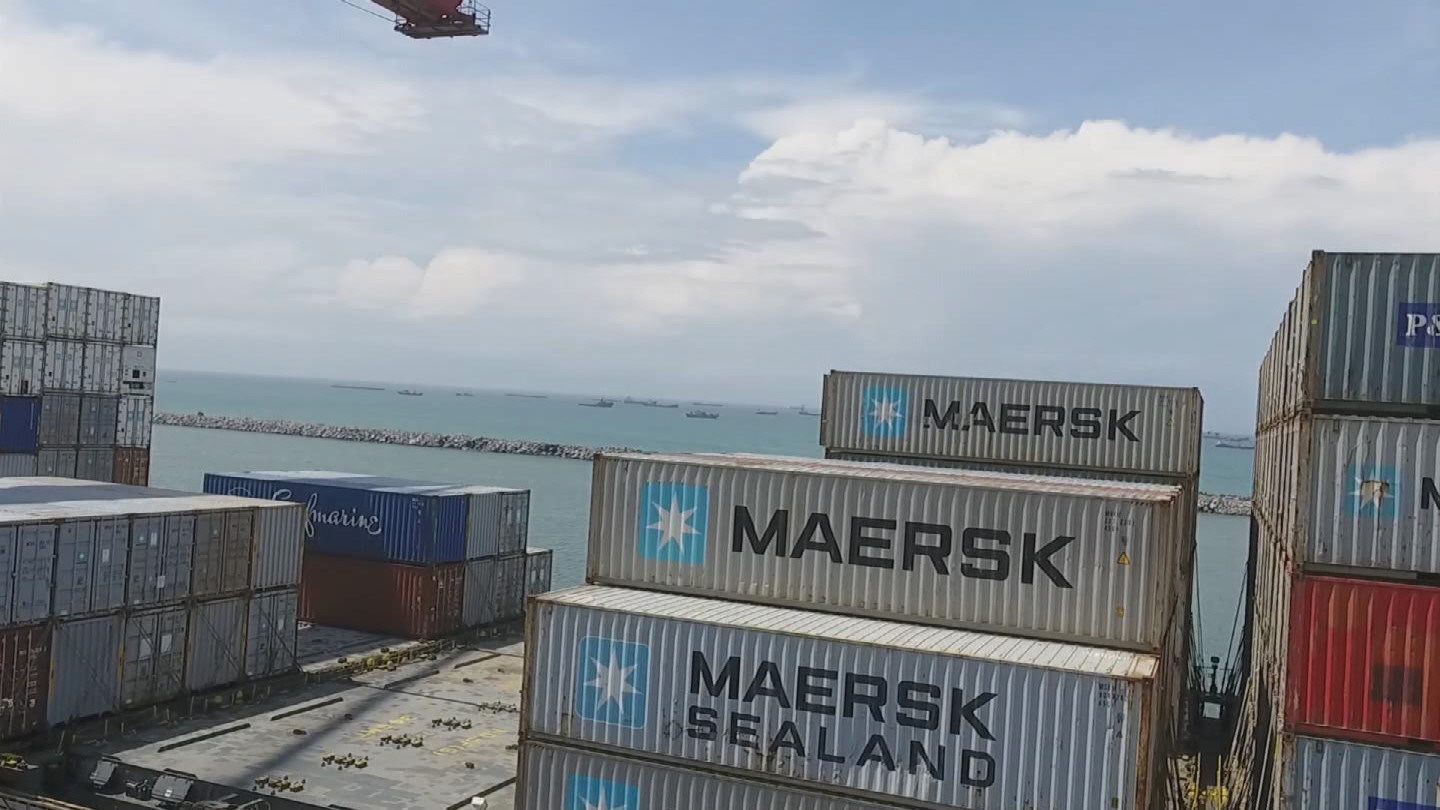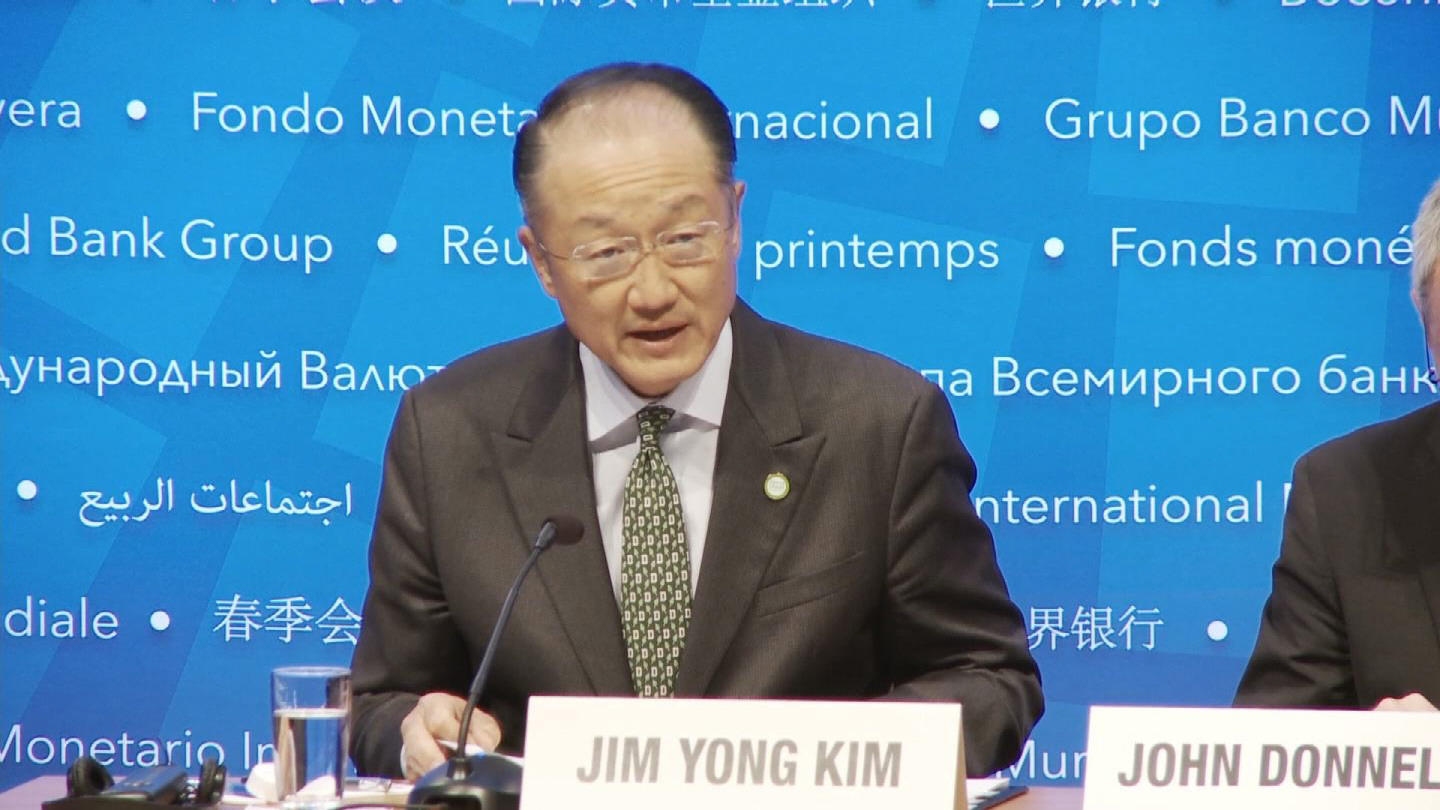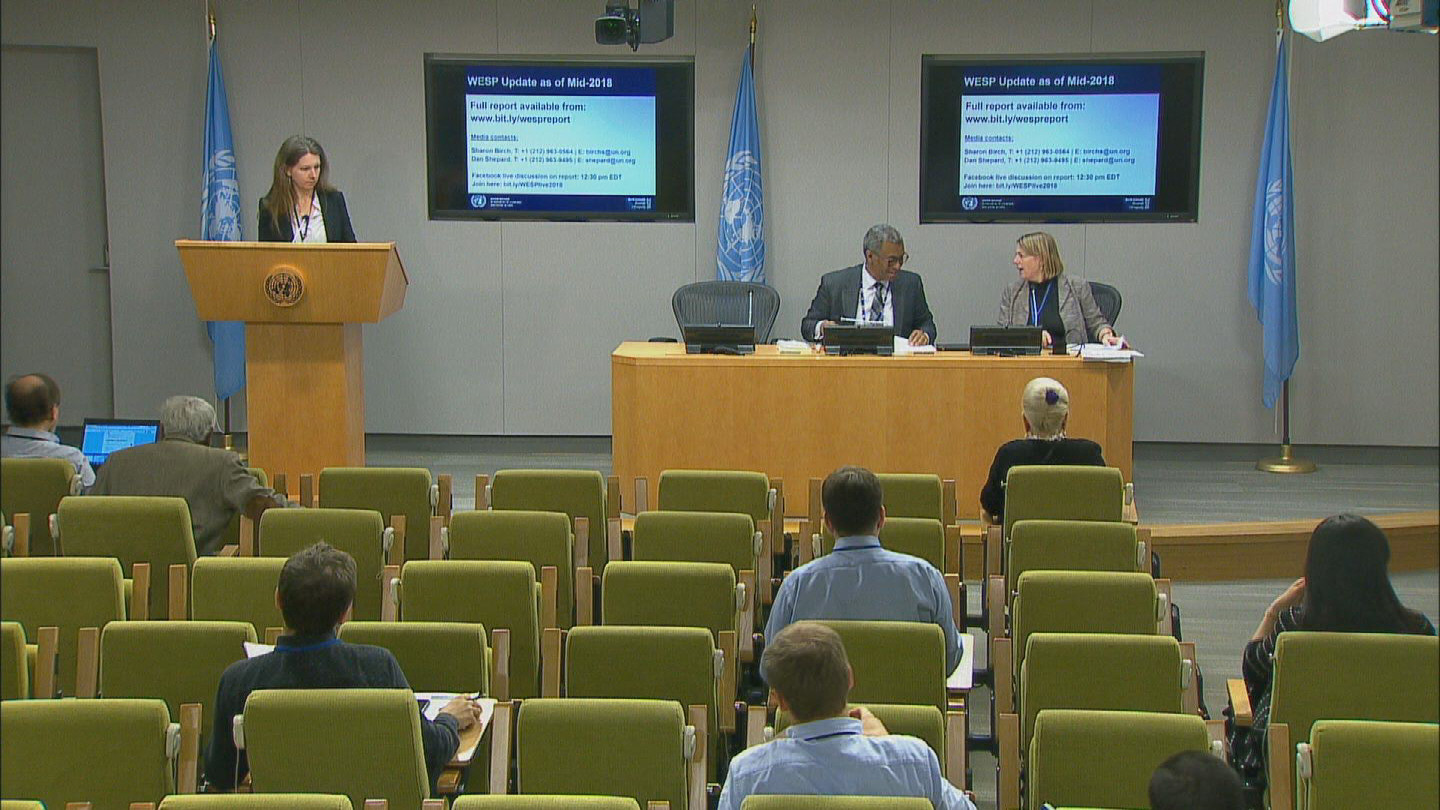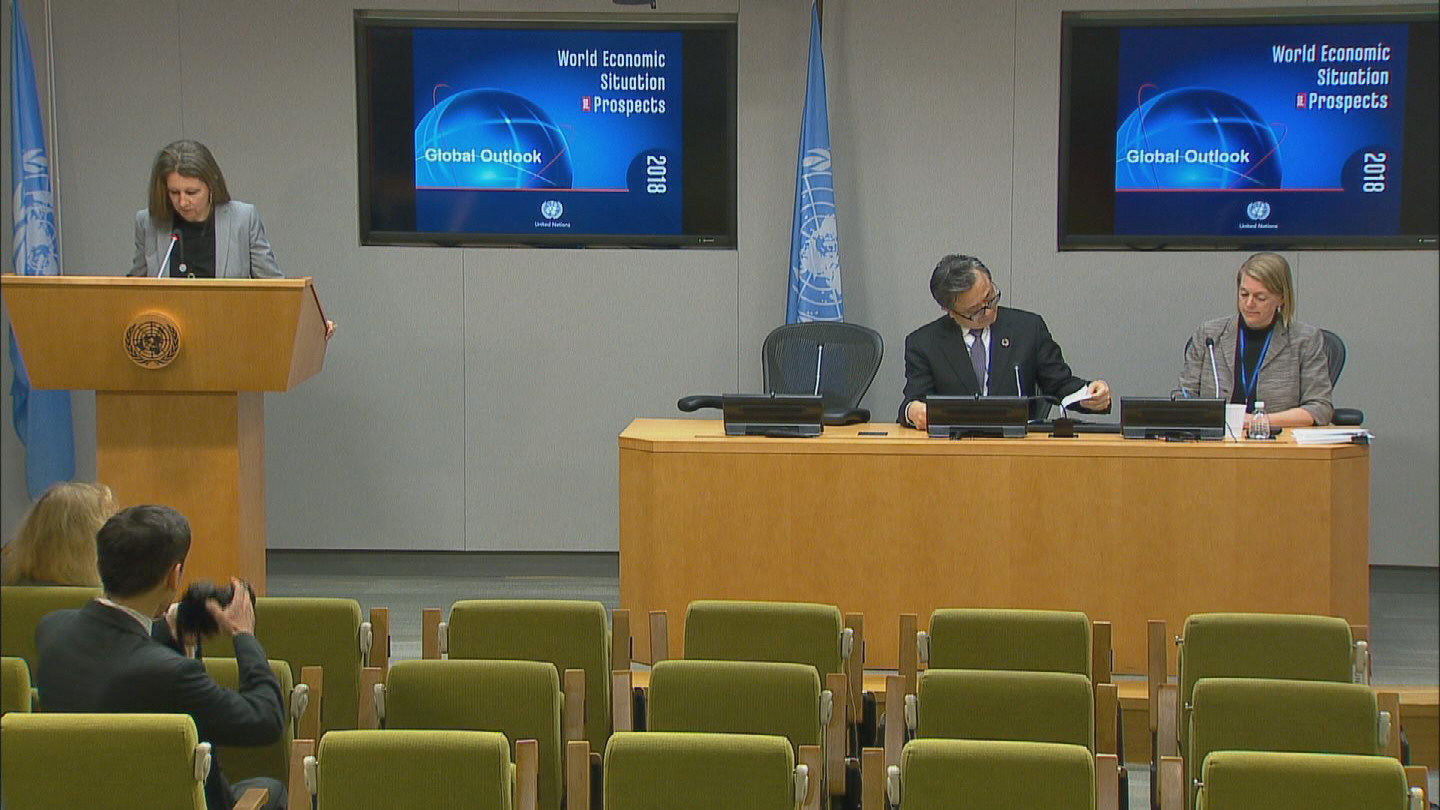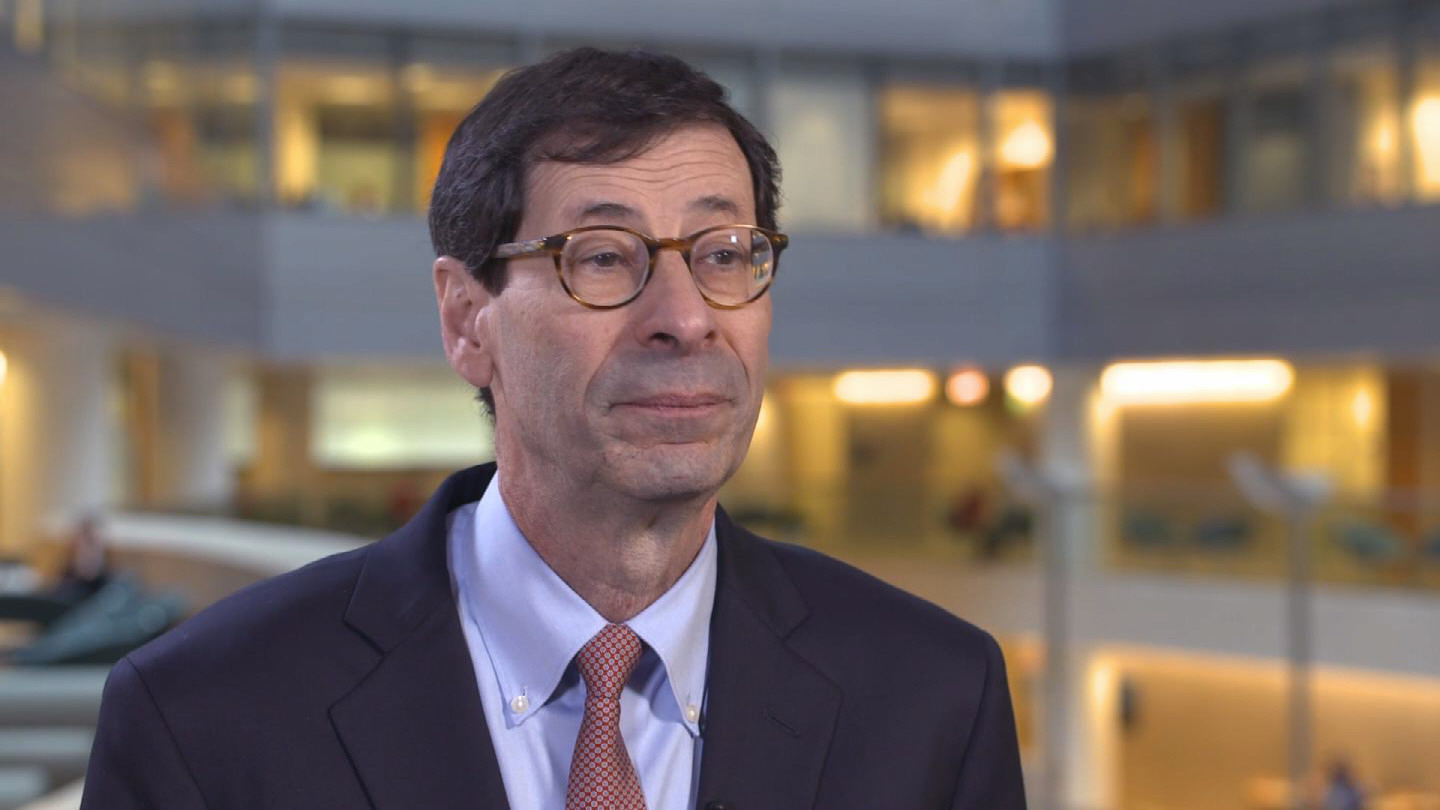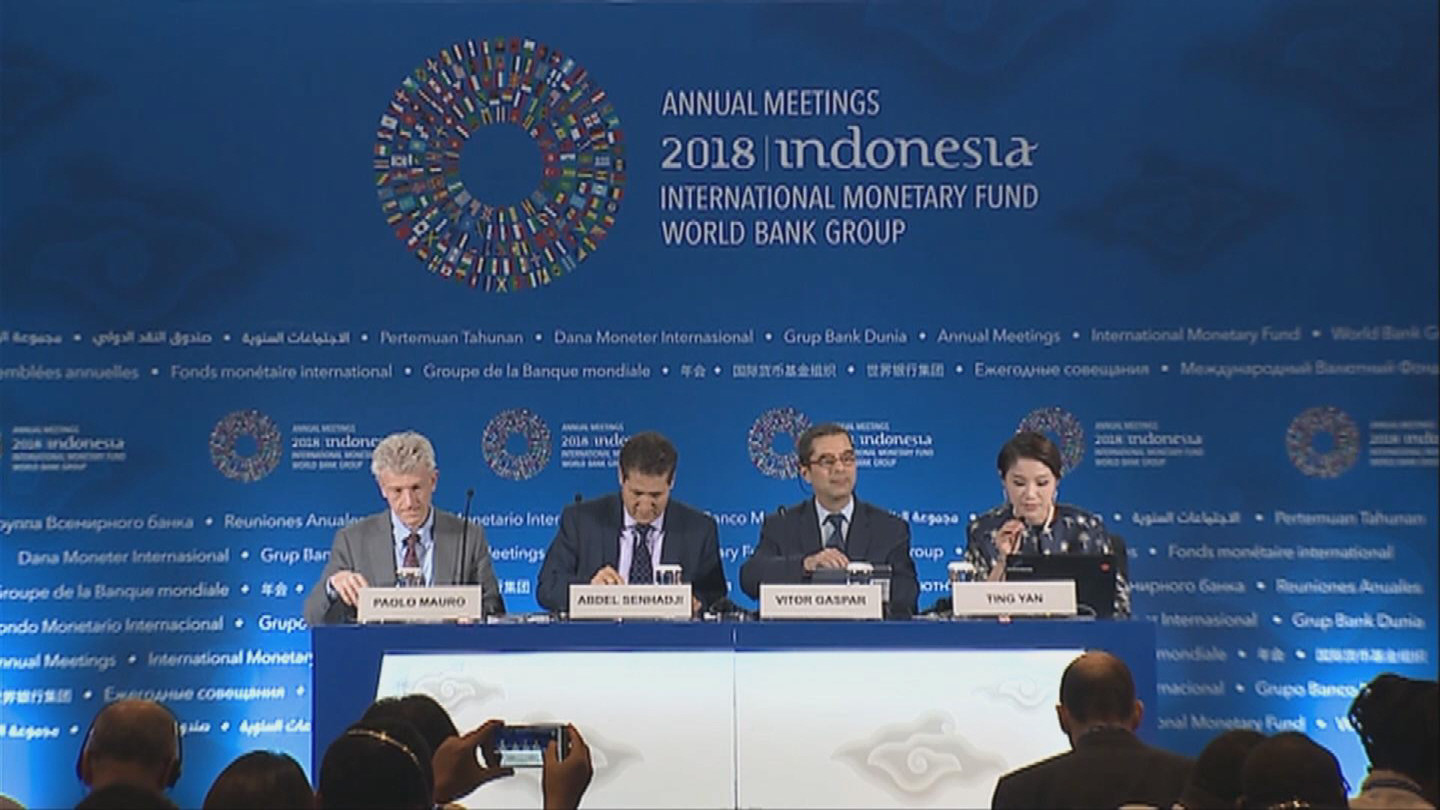WORLD BANK / AFRICA ECONOMIC GROWTH
Download
There is no media available to download.
Share
STORY: WORLD BANK / AFRICA ECONOMIC GROWTH
TRT: 03:17
SOURCE: WORLD BANK
RESTRICTIONS: NONE
LANGUAGE: ENGLISH / NATS
DATELINE: 12 APRIL 2017, WASHINGTON DC / FILE
FILE - 13 JUNE 2016, NAIROBI, KENYA
1. Aerial shot, Nairobi
FILE - 25 JANUARY 2017, DAR ES SALAAM, TANZANIA
2. Med shot, bus pulling up
3. Wide shot, people boarding bus
12 APRIL 2017, WASHINGTON DC
4. SOUNDBITE (ENGLISH) Albert Zeufack, Africa Region Chief Economist, World Bank:
“Sub-Saharan Africa is projected to grow at a moderate rate of 2.6 percent in 2017, and somewhat improve towards three percent in 2018. This timid recovery is certainly better than the 1.6 percent we had in 2016, the lowest in a decade, but it is still below population growth in Africa. So our continent is still experiencing a negative per capita growth.”
FILE – 26 AUGUST 2016, ADDIS ABABA, ETHIOPIA
5. Various shots, trains
12 APRIL 2017, WASHINGTON DC
6. SOUNDBITE (ENGLISH) Punam Chuhan Pole, Lead Economist, World Bank:
“One of the challenges for the region is to be able to boost investment, both public investment and private investment. And we are making a case that public investment needs to increase in Africa because of the vast development needs of the region. But public investment will not be sufficient to meet these investment needs and we need to crowd in private investment.”
FILE - 09 OCTOBER 2015, ACCRA, GHANA
7. Close up, woman working in garment factory
8. Med shot, man using machine to cut garment
9. Close up, man working in garment factory
12 APRIL 2017, WASHINGTON DC
10. SOUNDBITE (ENGLISH) Albert Zeufack, Africa Region Chief Economist, World Bank:
“Our countries need to strengthen and deepen the macro and structural reforms to sustain growth in the long run. These reforms would have to include the strengthening of institutions for private sector growth. And that’s why the special topic of this Pulse is on infrastructure in Sub-Saharan Africa. Sub-Saharan Africa trails all the other regions – all the developing regions – in terms of infrastructure performance.”
FILE – 05 MARCH 2015, LIBERIA
11. Close up, construction workers paving road
12. Wide shot, construction workers paving road
12 APRIL 2017, WASHINGTON DC
13. SOUNDBITE (ENGLISH) Punam Chuhan Pole, Lead Economist, World Bank:
“Notably we find that in over twenty years the electricity generating capacity has been virtually unchanged. This is at the same time that other developing regions have seen a rapid increase in the electricity generating capacity. And although access to electricity has doubled in the region, at 35 percent access rate, that is quite low compared to other regions. And we know that electricity is a major ingredient, is a critical ingredient, in supporting development.”
FILE - 16 JUNE 2016, LUWERO DISTRICT, UGANDA
14. Aerial shots, Luwero District
FILE - 25 JANUARY 2017, DAR ES SALAAM, TANZANIA
15. Aerial shot, bus leaving terminal
The World Bank said economic growth in Sub-Saharan Africa was rebounding in 2017 after registering the worst decline in more than two decades in 2016.
In a bi-annual analysis released today (19 Apr) on the State of African economies, Africa’s Pulse, the World Bank said the region was showing signs of recovery, and regional growth was projected to reach 2.6% in 2017. Africa Region Chief Economist at the World Bank, Albert Zeufack, said this “timid recovery” was an improvement on last year’s 1.6 percent growth but it was still below population growth in Africa. Therefore he said the continent was “still experiencing a negative per capita growth.”
The World Bank said Nigeria, South Africa, and Angola, the continent’s largest economies, were seeing a rebound from the sharp slowdown in 2016, but the recovery has been slow due to insufficient adjustment to low commodity prices and policy uncertainty. Furthermore, several oil exporters in the Central African Economic and Monetary Community (CEMAC) are facing economic difficulties.
The latest data revealed that seven countries, Côte d’Ivoire, Ethiopia, Kenya, Mali, Rwanda, Senegal, and Tanzania, continued to exhibit economic resilience, supported by domestic demand, posting annual growth rates above 5.4% in 2015-2017. These countries house nearly 27% of the region’s population and account for 13% of the region’s total GDP.
The World Bank said the global economic outlook was improving and should support the recovery in the region. The “Africa’s Pulse” analysis noted that the continent’s aggregate growth was expected to rise to 3.2% in 2018 and 3.5% in 2019, reflecting a recovery in the largest economies. It noted that GDP growth in countries whose economies depend less on extractive commodities should remain robust, underpinned by infrastructure investments, resilient services sectors, and the recovery of agricultural production, especially in Ethiopia, Senegal, and Tanzania.
The report noted that a stronger-than-expected tightening of global financing conditions, weaker improvements in commodity prices, and a rise in protectionist sentiment represented downside external risks to the outlook. On the domestic front, risks to the current recovery stemmed from an inadequate pace of reforms, rising security threats, and political volatility ahead of elections in some countries.
The World Bank said the environment of weak economic growth came at a time when the continent was in dire need of necessary reforms to boost investment and tackle poverty. It said countries also had to undertake much-needed development spending while avoiding increasing debt to unsustainable levels.
World Bank Lead Economist and author of the report Punam Chuhan Pole said one of the challenges for the region was the ability to boost public investment and private investment. She said public investment needed to increase in Africa because of the vast development needs, but “public investment will not be sufficient to meet these investment needs and we need to crowd in private investment.”
Overall, the report called for the urgent implementation of reforms to improve institutions that foster private sector growth, develop local capital markets, improve infrastructure, and strengthen domestic resource mobilization.

